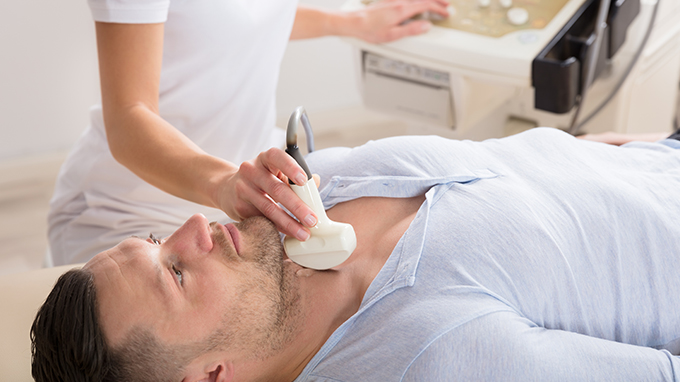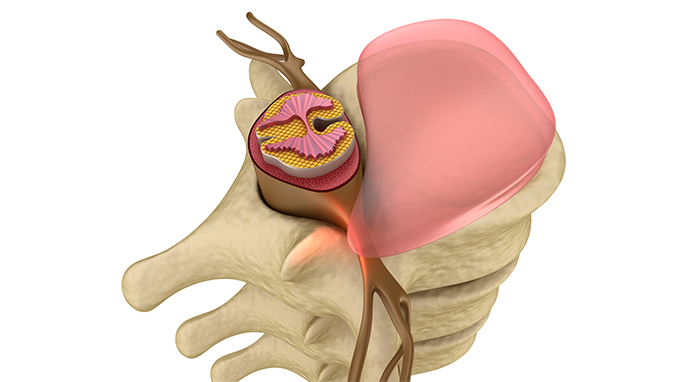Be careful of fractures in snowy days
The emergence of Blizzard has severely affected people''s lives-transportation, facilities, catering, supply, etc. have been disturbed by many industries. From the perspective of an orthopedic physician, heavy snow has also caused pain to many people every year. The number of fracture cases due to snow-slipped roads has also risen.

Generally speaking, the snow itself It does not increase the number of patients with fractures-first of all, everyone is very careful, especially the elderly, if they can go out, try to avoid it at home; secondly, the main road has municipal staff to clear the obstacles; in addition, the snow itself does not Slip and don''t slip when you step on it.
According to my own experience, the real threat to the people is three or five days after the snow-first, after the snow turns into water, the temperature drops and ice forms again, especially a thin layer of ice on the ground , It’s slippery and invisible, but it’s “lethal”; secondly, after the snow is clear, people’s awareness of prevention is weakened, and the elderly start to go out, forming a small orgasm after the snow fracture; in addition, the temperature after the snow drops suddenly, the human bones and muscles 3. The joint coordination ability is weakened and it is easier to fall.
Winter snow caused the elderly to fall, most of them in the following four parts:
1. Hip fracture. Mainly includes femoral neck fractures and intertrochanteric fractures. As people live longer, their morbidity is increasing. This is the main reason for the elderly to stay in bed.
2 1. Wrist fracture. The most common is mainly the fracture of the distal radius. This site is the junction of cancellous bone and compact bone. It is more common in elderly women. After the injury, the wrist formed a "silver fork-like" deformity.
3. Thoracolumbar fractures. Most patients with osteoporosis, the vertebral body presents a "collapse"-like performance, and may also have wedge-shaped deformation, multiple vertebral body fractures, will form most of the kyphosis deformity unique to the elderly-kyphosis.
4. Fracture of the proximal humerus. The junction between the cancellous bone of the humeral head and the cortical bone of the humeral shaft is prone to fracture. It can happen at all ages and there are many elderly people. The affected shoulder is swollen, and blood spots often appear on the anterior and medial sides. When the fracture is misaligned, the upper arm is slightly shorter than the healthy side, and there may be abduction or adduction deformity.
Unfortunately, a fracture has occurred, so you should go to a specialist doctor in time. Don’t blindly follow the “remedy” wrong treatment, so as not to delay the condition, but I hope this article can remind everyone that the snow is coming. Beware of fractures; if the weather is fine after the snow, you should prevent fractures.
Related Articles

- Drinking water can prevent heat stroke
- Actually, the hot weather is not the direct cause of heat stroke. Heat stroke is mostly caused by sweating caused by heat. Under the high temperature in summer, the body sweats tens of tim
- 2020-08-03

- New treatment methods for spinal surgery
- There are often some elderly people in the clinic. Due to osteoporosis, fractures can occur due to small external forces. Especially osteoporotic spine compression fractures, this disease
- 2020-08-03

- What should I do if the old man falls
- It is winter, and it is inevitable that you will encounter a passerby falling, especially the elderly who accidentally fall, and you need some precautions when reaching out for help.
- 2020-08-03

- What are the common fractures in snowy days
- In winter, it is cold and freezing, which is the season of high incidence of fractures, especially when a heavy snowstorm hits, it also increases the risk factors, so what fractures are mo
- 2020-08-03

- Blizzard cheats to prevent fractures
- What is the secret of Blizzard to prevent fractures? The arrival of Blizzard not only affects our daily activities, but also easily causes accidental falls. Orthopedists are most worried ab
- 2020-08-03

- What is a stress fracture
- In orthopedics clinics, there are generally three causes of fractures: &l
- 2020-08-03
